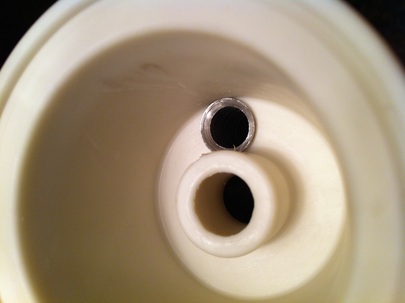AQUILAS
Well-Known Member
I'll be brewing today and it'll be the first time I get to use my new ferm chamber. I'm using an ITC-1000 temp controller and I'm trying to figure out the best way to have it read the fermenter's temperature as opposed to the ambient temperature.
I've had my ferm chamber running for a week with nothing in it other than my ceramic heater and a bottle of water. I used a folded paper towel to go over the thermometer and taped it to a bottle of water. So far it's reading within 2 degree different from ambient.
Thanks for any help received.
I've had my ferm chamber running for a week with nothing in it other than my ceramic heater and a bottle of water. I used a folded paper towel to go over the thermometer and taped it to a bottle of water. So far it's reading within 2 degree different from ambient.
Thanks for any help received.


























































